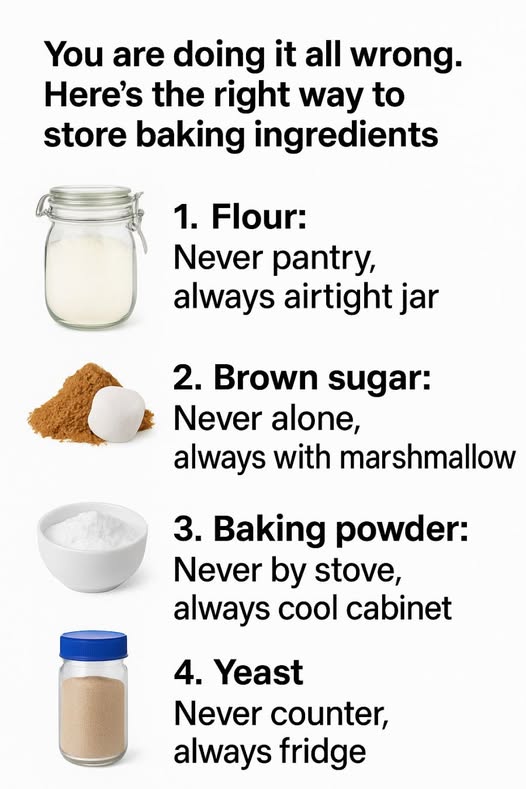Baking powder is a leavening agent that loses its potency when exposed to heat and moisture. Many people make the mistake of storing it near the stove, where temperature fluctuations are common. Instead, keep your baking powder in a cool, dry cabinet, away from any sources of heat or humidity.
To test if your baking powder is still active, mix a small amount with hot water. If it bubbles vigorously, it’s still good to use. If not, it’s time to replace it. Proper storage can ensure baking powder remains effective for its entire shelf life, which is typically 6 to 12 months after opening.
5. Yeast: Never Counter, Always Fridge
Yeast is a living organism that’s essential for bread-making, but it’s also sensitive to temperature and humidity. Storing yeast on the counter is a common mistake that can lead to it becoming inactive. Instead, keep opened yeast packets in the refrigerator, where they will remain viable for up to four months.
For long-term storage, consider freezing yeast. In the freezer, yeast can last up to a year without losing its leavening power. Always check the expiration date and perform a test by dissolving yeast in warm water with a pinch of sugar to ensure it’s still active before using it in recipes.
6. The Role of Temperature in Ingredient Freshness
